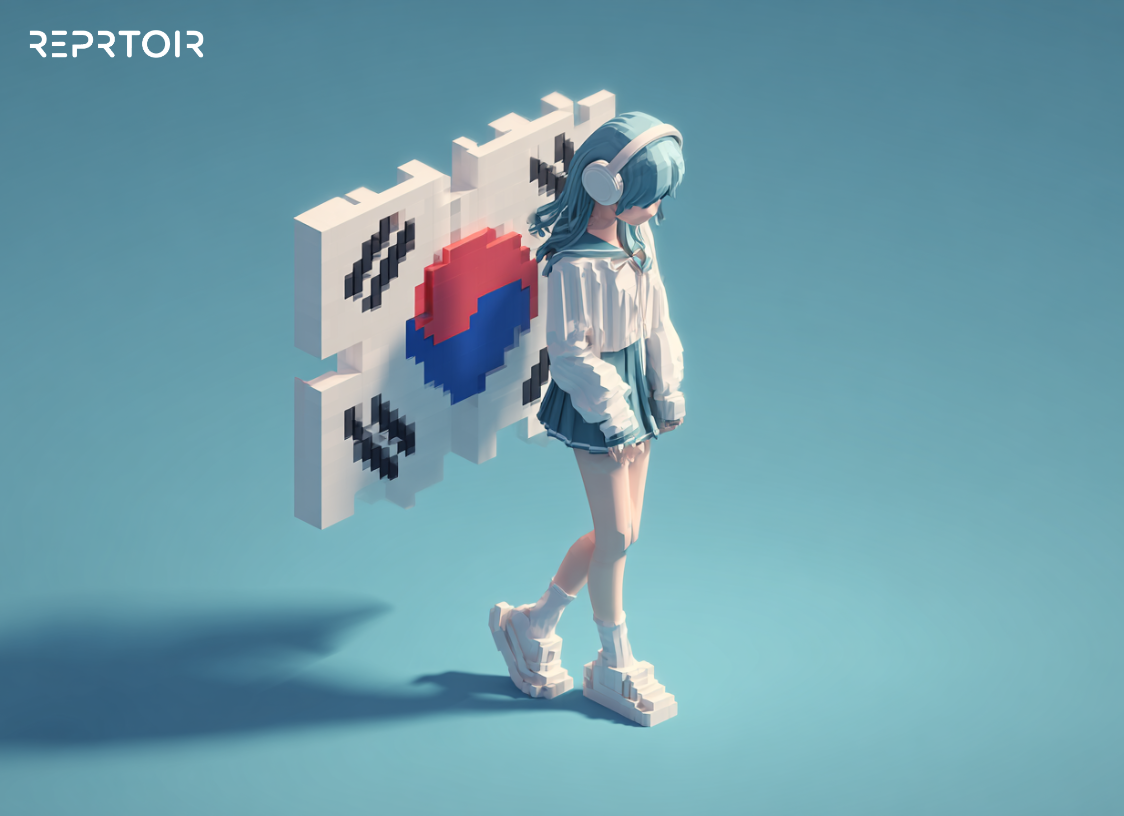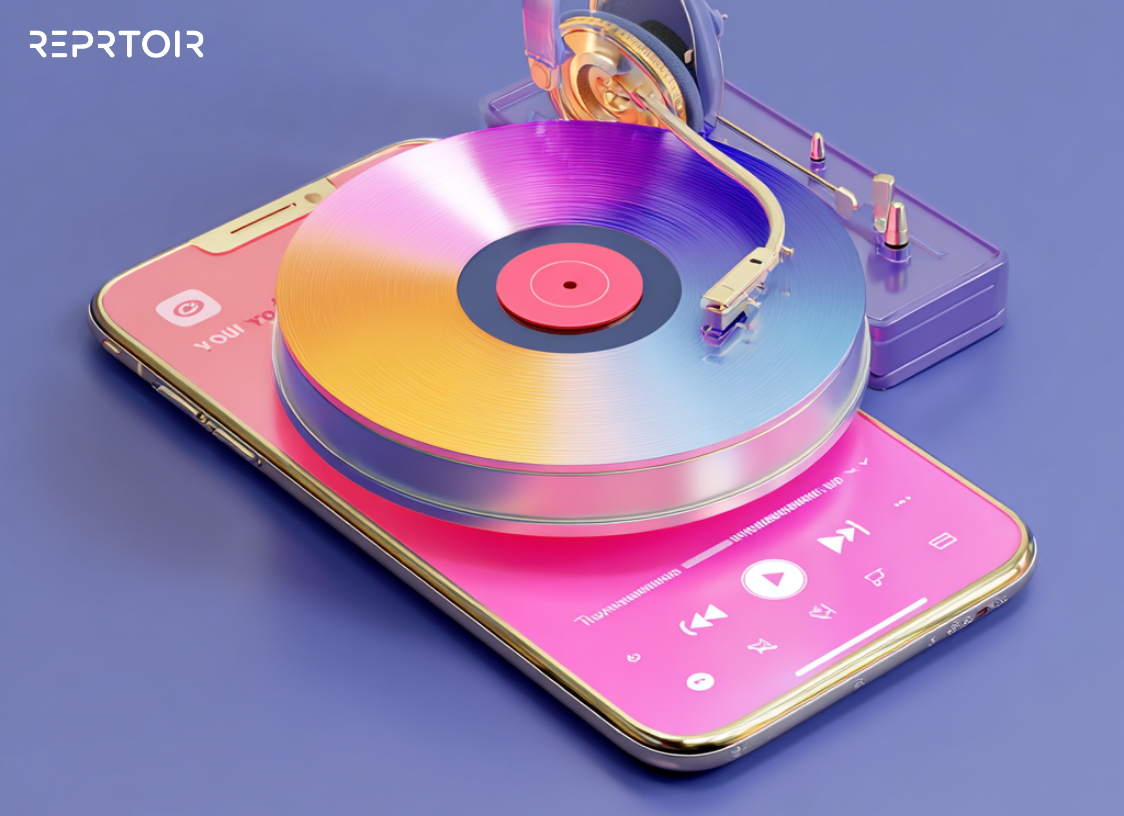When BLACKPINK’s Jennie wears Chanel on stage, the look sells out in hours.
BTS stood out at the Grammys in custom Louis Vuitton, with Jungkook’s blue jacket, which made headlines. Twice has showcased galaxy-inspired metallics and glittered sportswear on TV.
In K-Pop, aesthetics aren’t just for show. They’re a strategy that shapes fandom and drives trends in pop culture.
In this article, we’ll explore how K-Pop’s visual approach became a global force, why it matters, and what it means for the future of music, fashion, and beyond.
Redefining Style
In K-Pop, every new album or single release is a chance for artists to reinvent their image. This means fresh aesthetics, new fashion, and unique music video themes. While Western pop often uses “comeback” to describe artists returning after years away, in K-Pop, it’s a regular occurrence.
Groups can have several “comebacks” a year, each with a new concept and visual style. This cycle of constant reinvention keeps fans engaged and sets K-Pop apart in the global pop culture landscape.
The K-Pop Visual Universe
To understand K-Pop’s global appeal, it’s essential to unpack what goes into these visual universes. Every major comeback begins months in advance with mood boards, references from fashion, contemporary art, manga, and even cinema. Concept photoshoots set the tone.
Sometimes they draw on futuristic minimalism. They sometimes reference retro streetwear or high-concept fantasy. These images become the blueprint for music videos, stage sets, album packaging, and digital content.
The influence of contemporary design and manga is powerful. K-Pop groups are known for blurring the lines between visual creativity and commercial pop.
This is easy to spot in music videos that look like modern masterpieces, choreographies inspired by anime, and bright, bold color palettes. K-Pop’s style is no accident. Groups carefully pick looks from around the world to stand out and grab attention everywhere.
What truly distinguishes K-Pop, however, is the integration of fashion. Outfits are extensions of the group’s identity and tell a story.
K-Pop fashion mixes designer brands, streetwear, and even traditional Korean styles. Groups often have stylists create custom outfits for each member, so every comeback has a fresh and unique look.
A Global Fashion Trendsetter
K-Pop fashion now sets trends worldwide. When idols like BLACKPINK’s Jennie or BTS’s J-Hope show up at Paris Fashion Week, they influence not just crowds but top fashion brands. Labels such as Chanel and Louis Vuitton often feature K-Pop stars as their ambassadors.
They know these artists connect with young, global fans online. In fact, it’s a two-way street. K-Pop artists transform runway looks into viral trends, while fashion houses tap into new, passionate audiences through these idols.
You can see K-Pop’s influence on everything from fashion shows to social media, with brands competing to dress the next big star. K-Pop and fashion inspire each other.
They set new standards for what pop culture style can be.
Fans: The Creative Force Behind the Machine
If K-Pop aesthetics are a spark, then fandom is the gasoline. Supporters collect albums, trade photocards, and proudly display concert light sticks. Dedicated communities often follow idols’ styles, copy their looks, and run fan accounts online.
When a new outfit or hairstyle appears, these trends can go viral overnight. This shared enthusiasm creates a strong sense of belonging, both online and off.
K-Pop fans help shape pop culture by spreading fashion, music, and even new slang worldwide. Their passion keeps each concept alive and turns support into a creative, global movement.
Setting New Trends
K-Pop’s focus on style and visuals isn’t just changing music. It’s setting new trends for pop culture and marketing. Western pop stars and music companies are starting to copy K-Pop by using creative themes, teaser videos, and eye-catching stories to promote their work.
Fashion shows have become battlegrounds for K-Pop influence. Idols are taking over front rows and dominating social buzz. The boundaries between music, fashion, and art are blurring.
This is because K-Pop’s “concept culture” challenges the industry to think bigger, move faster, and consider visual identity as a core business strategy. K-Pop fashion trends now shape global style, with Seoul often leading the way. Media outlets watch what idols wear.
Brands are increasingly structuring their launches to coincide with K-Pop release schedules, recognizing that these moments drive both cultural conversation and actual sales.
K-Pop aesthetics are now seen in advertising, media, and even virtual groups. This is changing pop culture, making visuals and identity just as important as the music itself, with fans playing an active role in what comes next.
The animated film KPop Demon Hunters, for example, features fictional K-Pop groups whose songs have topped real-world charts. This shows just how far K-Pop’s visual culture now reaches.
In Conclusion
K-Pop has redefined what it means to create, launch, and sustain a visual identity in the digital age. K-Pop’s mastery of style, art, and fan support has become a powerful tool, not just for music companies, but for anyone shaping the future of pop culture.
K-Pop shows how storytelling, striking visuals, and fan community can come together to create a dynamic brand. The challenge now for the rest of the industry is to catch up. This isn’t just in production value, but in understanding that aesthetics are a language with global reach and real impact.
As the world continues to watch what unfolds in Seoul’s studios and on its runways, one thing is clear. K-Pop’s concept culture is redefining what pop culture can achieve. Simple as that!
Ready to bring this level of innovation to your own music business? Reprtoir helps you manage catalogs, metadata, releases, and royalties, all in one platform built for the next wave of pop culture.
Contact us today for a free demo.









